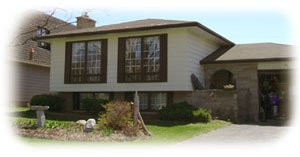 As our children have grown and moved out into the world on their own, our home has steadily grown to contain more workshop and studio space for Sawdust & Glass. Every time Jamie comes home for a visit the first thing he does is check every room in the house for “what’s new”. More often than not, he finds something has changed – just like you will if you visit our website frequently.
As our children have grown and moved out into the world on their own, our home has steadily grown to contain more workshop and studio space for Sawdust & Glass. Every time Jamie comes home for a visit the first thing he does is check every room in the house for “what’s new”. More often than not, he finds something has changed – just like you will if you visit our website frequently.